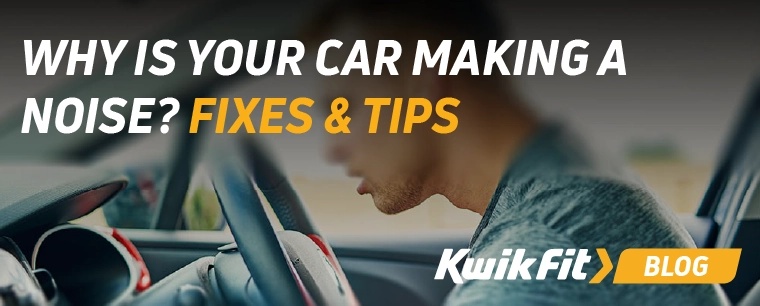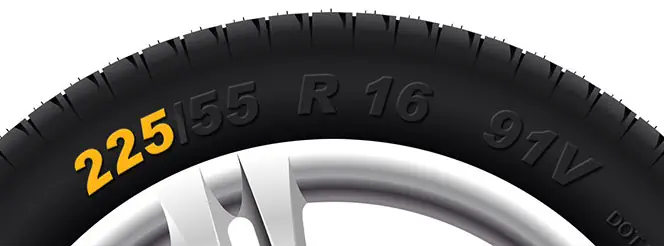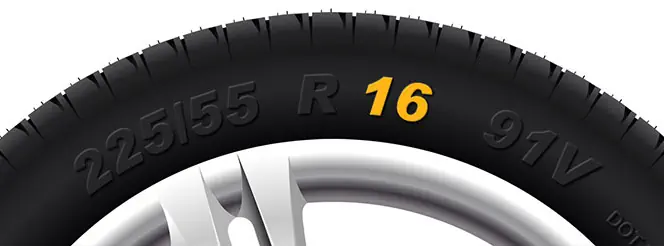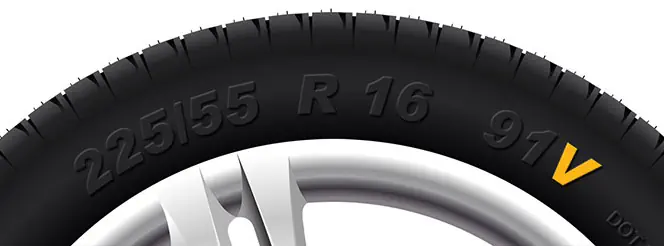Tips For Managing Road Rage & Staying Calm Behind The Wheel
Jessica Bird | Sunday 15th June 2025 1:48pm

Whether it’s rush-hour traffic, a tailgater glued to your bumper, or being cut off without so much as a signal, driving can quite frequently be a test of patience. And, while the UK has some of the safest roads in the world, many drivers still experience moments of real exasperation behind the wheel.
But here’s the good news: managing road rage is possible and staying calm can not only improve your mood in general but also keep you and others safe on the road. Let’s explore the causes of road rage, how to spot it in yourself and others, and learn some practical tips for keeping a cool head when things heat up on the road.
What is road rage?
Road rage refers to aggressive or angry behaviour exhibited by drivers, often as a response to another motorist’s actions. It can include anything from shouting, rude gestures, and tailgating to more serious behaviour like swerving or even deliberately braking sharply.
In the UK, road rage isn’t a specific criminal offence, but certain actions associated with it (like dangerous driving or threatening behaviour) can result in penalties, points on your licence, or worse.
Common triggers of road rage
Understanding what sets people off – and what might set you off – is a big step towards staying calm yourself. Some common causes of road rage can include:
- Heavy traffic or congestion
- Being cut off or overtaken aggressively
- Tailgating
- Slow drivers in the overtaking lane
- Lack of signalling
- Being dazzled by obnoxious headlights
- Feeling disrespected or ignored on the road
Of course, someone could also just be having a bad day. It’s worth keeping in mind that stress from outside the car, such as work problems or personal issues, can also make drivers more prone to losing their temper behind the wheel.
As understandable as it might be that someone could lose their temper due to personal issues, it doesn’t excuse resorting to driving dangerously.
Why it's important to stay calm while driving
Driving under the influence of strong emotions like anger can impair judgment, reduce reaction times, and increase the likelihood of an accident. So, staying calm isn’t just about politeness, it's about real safety.
A calm driver is a focused driver. You're more likely to notice hazards, obey traffic laws, and make decisions that protect yourself, your passengers, and other road users.
How to recognise road rage in yourself
We all get irritated now and then; sometimes it’s incredibly distracting to be tailgated by someone whose headlights shine the light of a billion suns into your rearview mirror – but recognising the early signs of road rage can help you step back before things escalate. Watch out for:
- Clenched fists or jaw
- Shouting or muttering angrily
- Increased heart rate or shallow breathing
- Temptation to retaliate (e.g. speeding up or cutting someone off)
- Overuse of the horn or flashing lights
If you spot these signs, it's a good moment to take a breath and check in with yourself.
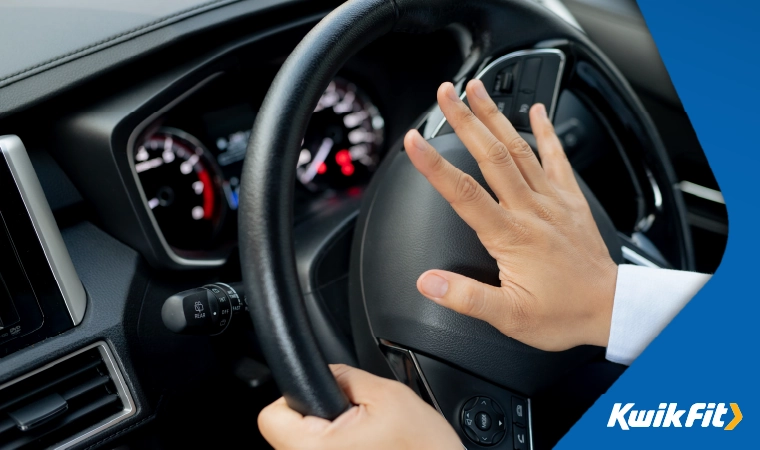
7 practical tips for managing road rage
1. Plan ahead and allow extra time
Running late is one of the quickest ways to get flustered on the road. By giving yourself an extra 10–15 minutes for your journey, you reduce the pressure and give yourself room to handle unexpected traffic, roadworks, or detours.
2. Create a calming environment
Your car is your space, so make it one that helps you feel at ease. Listening to calming music, keeping the cabin clean, and adjusting your seat for comfort can all help you stay grounded while driving. Podcasts or audiobooks can also be a great distraction from minor annoyances.
3. Use breathing techniques
If you’re feeling your temper rise, take a few deep, slow breaths through your nose, hold for a moment, then exhale slowly. This activates your parasympathetic nervous system — essentially your body’s natural “calm-down” button.
4. Don't take it personally
One of the hardest things about driving is that it often feels personal; but most of the time, it’s not. That driver who didn’t signal might be a bad driver, but they could also just be distracted and not actually be out to annoy you. The one tailgating you? Maybe they’re late for a hospital appointment. Try to give others the benefit of the doubt.
5. Avoid eye contact with aggressive drivers
If another driver is acting aggressively, don’t engage. Avoid eye contact, don’t gesture back, and definitely don’t try to “teach them a lesson.” Instead, focus on your own driving and, if necessary, safely change lanes or pull over to let them pass.
6. Take a break if you need one
There’s no shame in pulling into a service station or layby if you’re feeling overwhelmed. A short walk, a drink of water, and a few minutes away from the wheel can make a world of difference.
7. Use technology to your advantage
Modern vehicles come with a host of driver-assist features like cruise control, lane-keeping assist, and parking sensors. Even if your car doesn’t have these, apps like Google Maps can help you avoid traffic bottlenecks and road closures.
How to deal with road rage from other drivers
Sometimes, despite your best efforts, you might encounter someone else’s road rage. Here’s how to respond safely:
- Don’t retaliate – stay calm and don’t mirror their behaviour.
- Avoid confrontation – do not stop to argue or escalate the situation. And if it looks like the person is coming to physically attack you in traffic, lock your doors and keep your windows up.
- Stay visible – keep your lights on and stay in well-lit areas if driving at night.
- Report dangerous driving – if someone’s behaviour poses a real danger, note their number plate and report it to the police using 101 or via the gov.uk website.
Managing stress outside the car
Reducing your overall stress levels can make a big difference to how you react on the road. Regular exercise, mindfulness, and getting enough sleep all contribute to a calmer mindset.
If you find yourself frequently getting angry or anxious while driving, it might be worth speaking to a GP or therapist. There’s no shame in looking after your mental health – it’s just as important as servicing your car.
Keep your car in top condition
Sometimes, it's not just other drivers that cause stress – it's your own vehicle. Strange noises, sluggish performance, or unexpected warning lights can all put drivers on edge, especially on long journeys or in busy traffic.
If something doesn’t sound right, don’t ignore it. A knocking engine, squealing brakes, or rattling suspension can quickly turn a calm drive into a nerve-wracking experience.
That’s where we come in. The experts at your local Kwik Fit centre are all on hand to help with keeping your car in the best shape possible. Whether you need a quick check or a specific repair, we’re here to give you peace of mind on the road. Contact us today, book in for a free vehicle safety check, and keep up to date with our blog for more driving advice.
Any facts, figures and prices shown in our blog articles are correct at time of publication.
Featured Articles
Is it Illegal to Drive With One Headlight?
Saturday 19th July 2025
Wondering if it’s illegal to drive with one headlight? Learn about the safety risks and penalties of illegal blown bulbs and why you should fix them promptly.
Air Con in EVs & Hybrids: Experts Answer Your Questions
Monday 30th June 2025
Does air con drain EV batteries? Can you use the air con while charging an electric car? Find out the answers to these questions & more from Kwik Fit’s experts.
Why Is Your Car Making a Noise? Fixes & Tips
Friday 13th June 2025
When your car starts making unexpected noises, it can certainly be quite disconcerting; it may be nothing to worry about, but here’s what you need to know.




